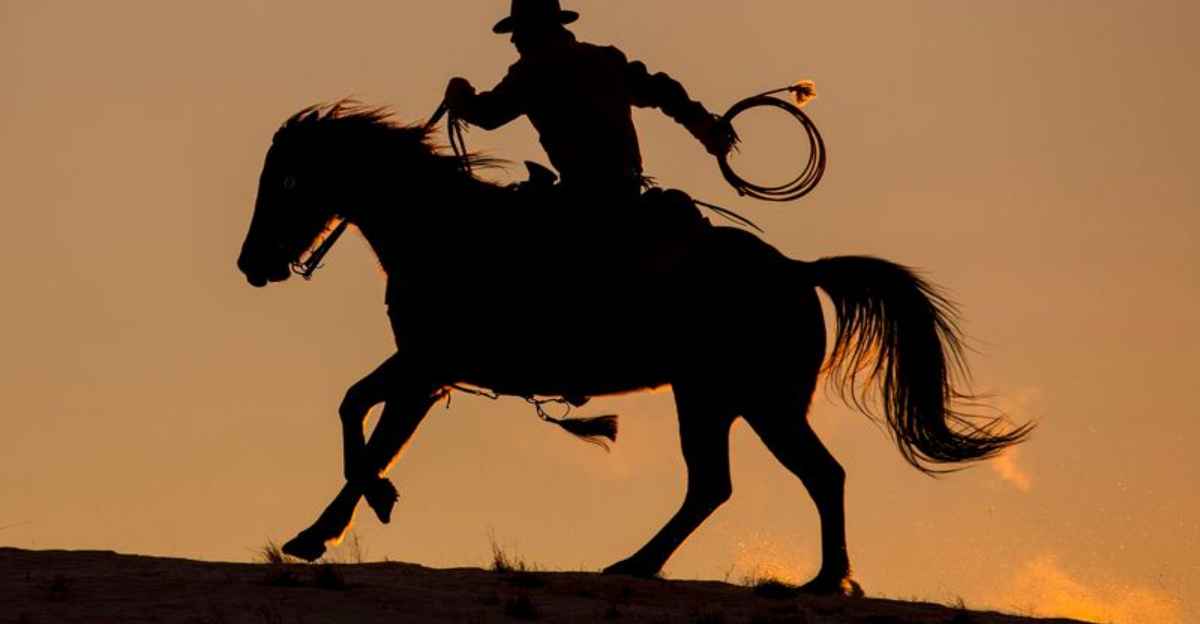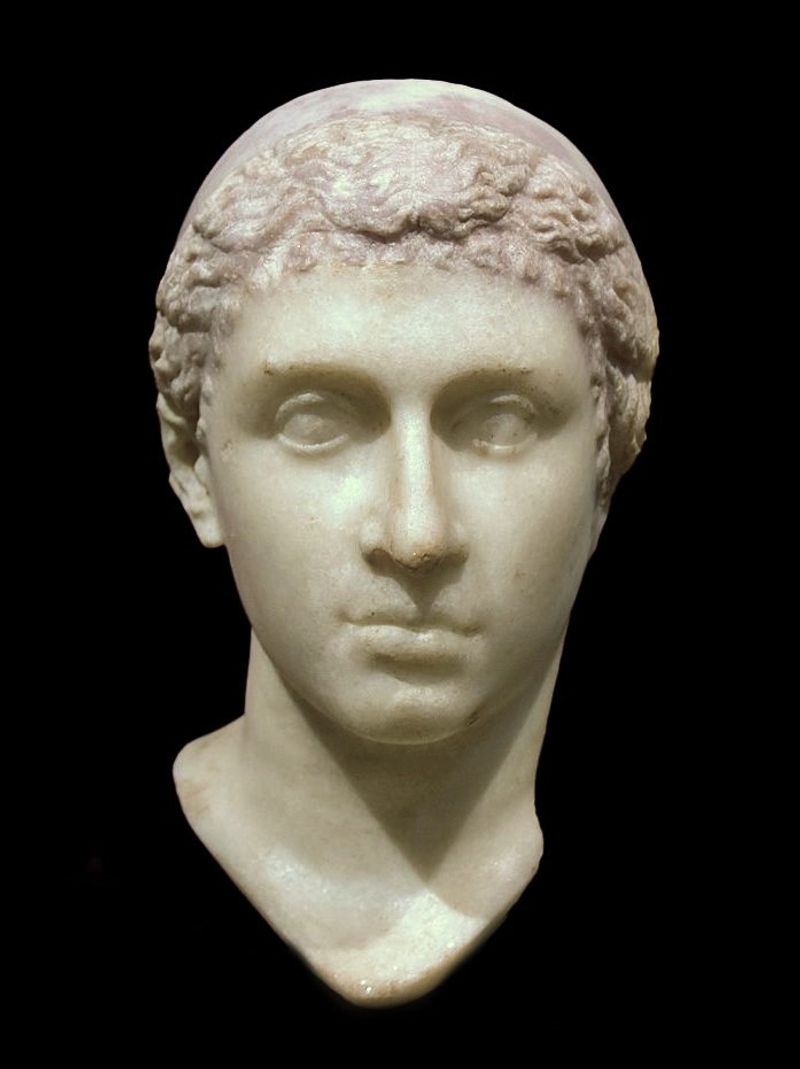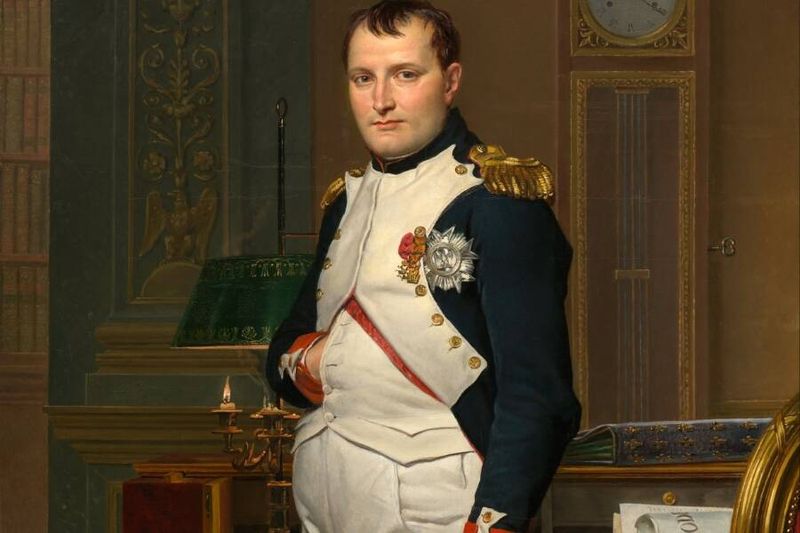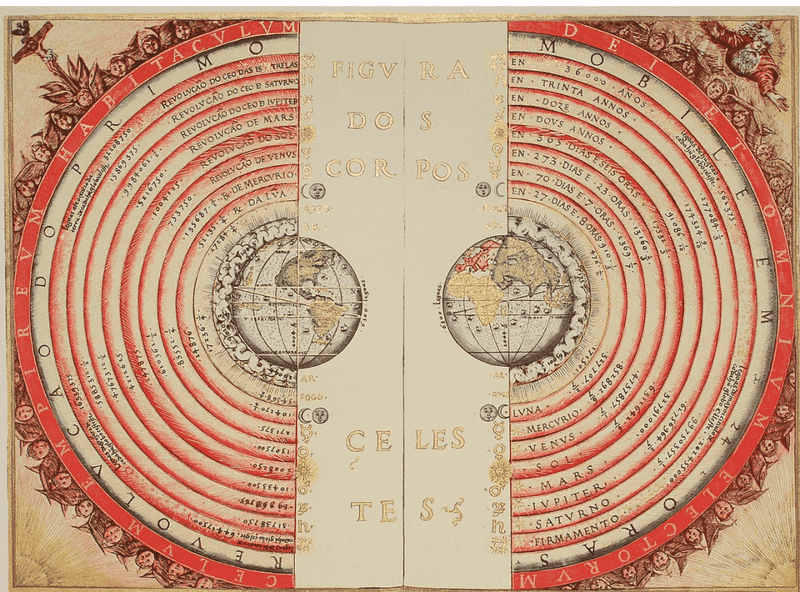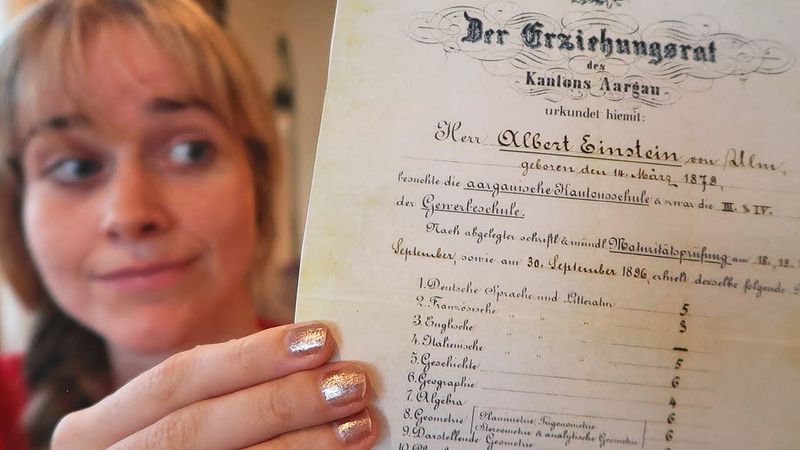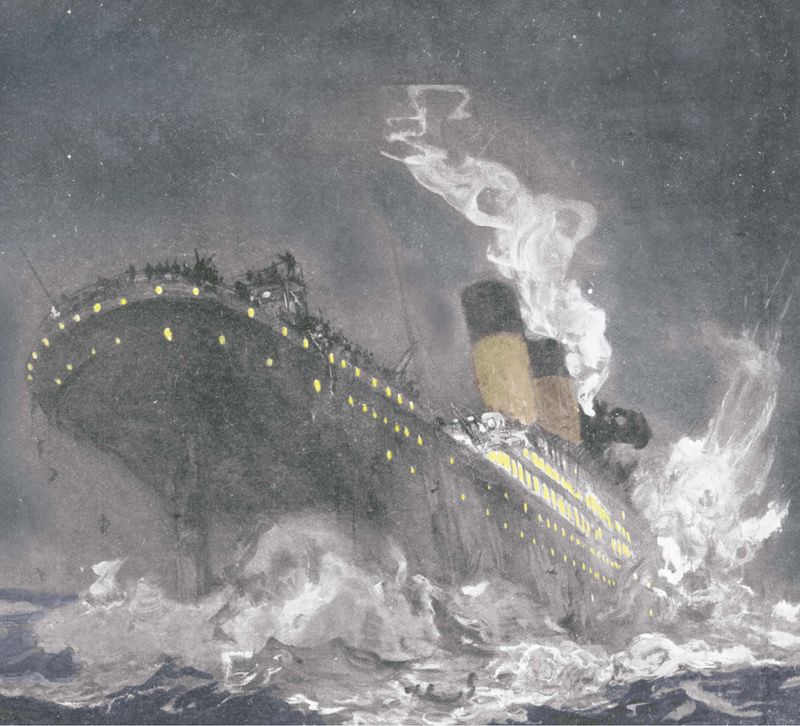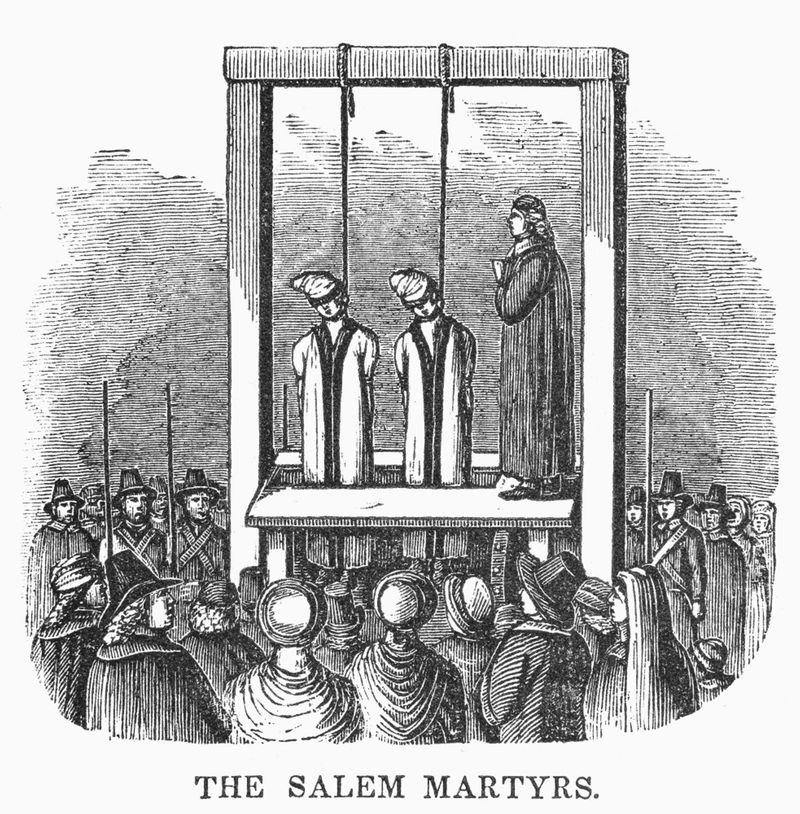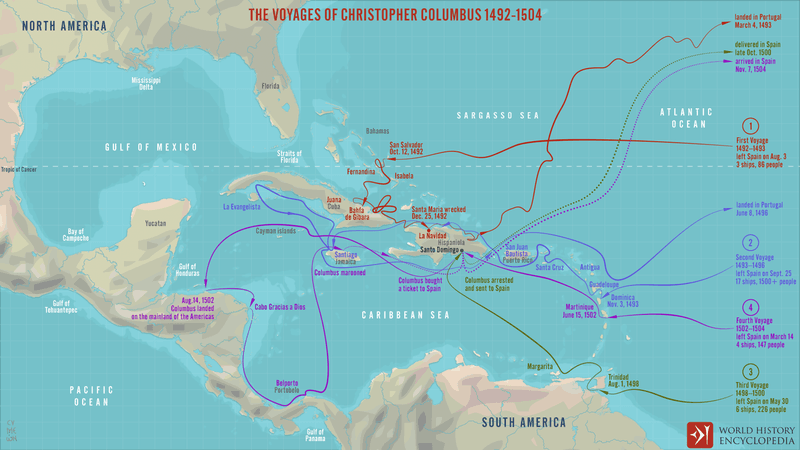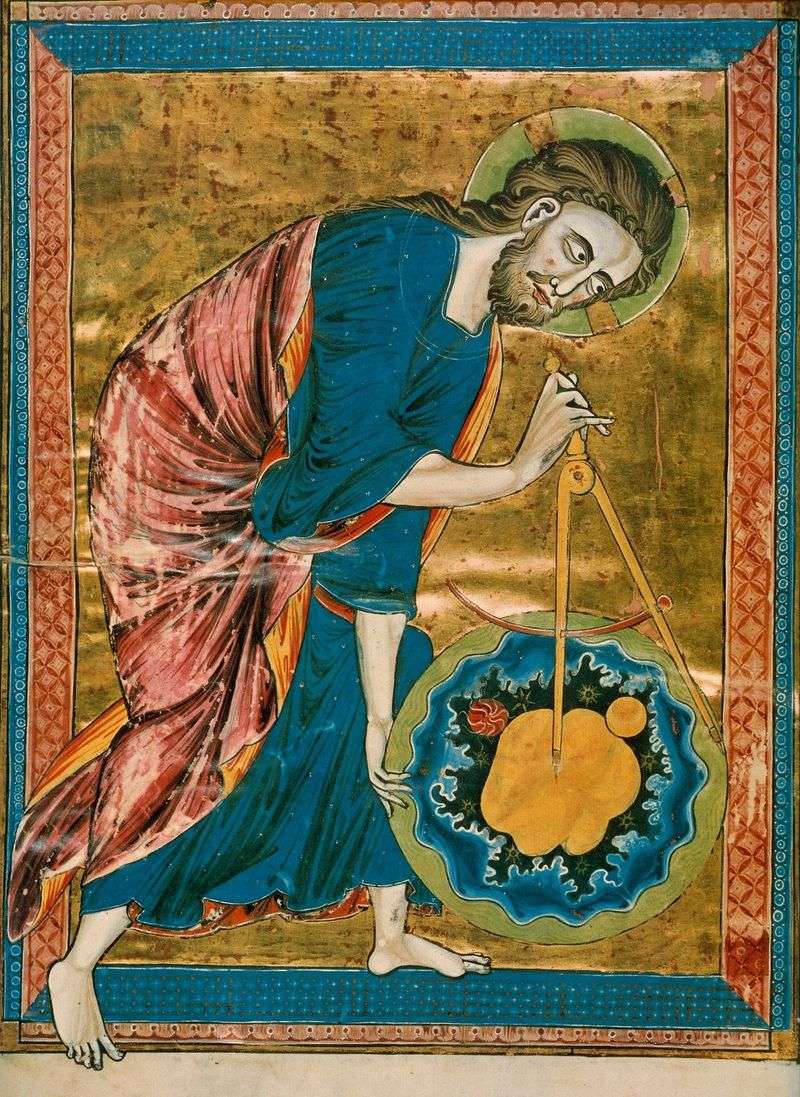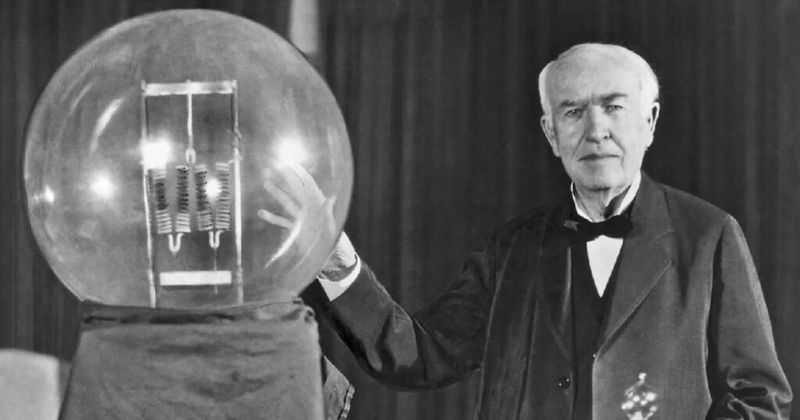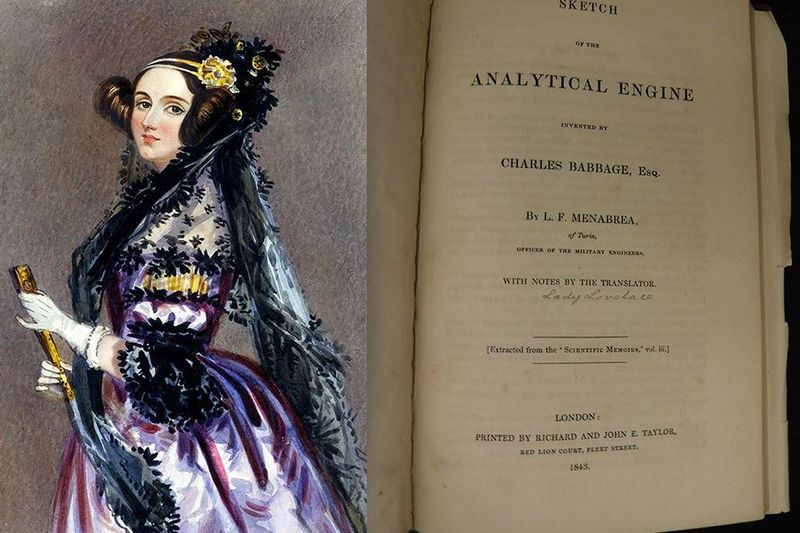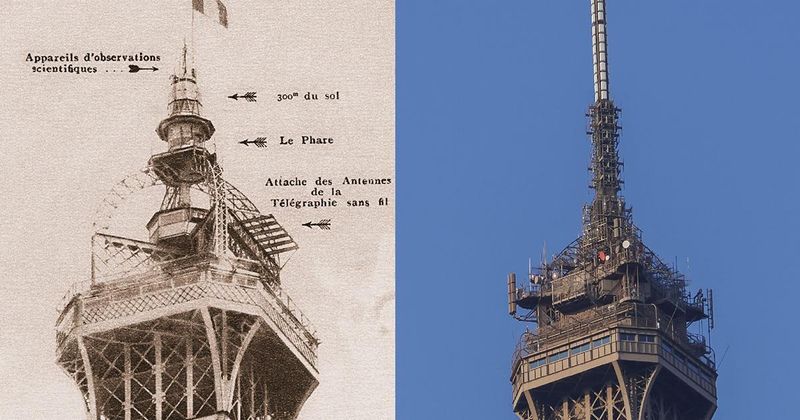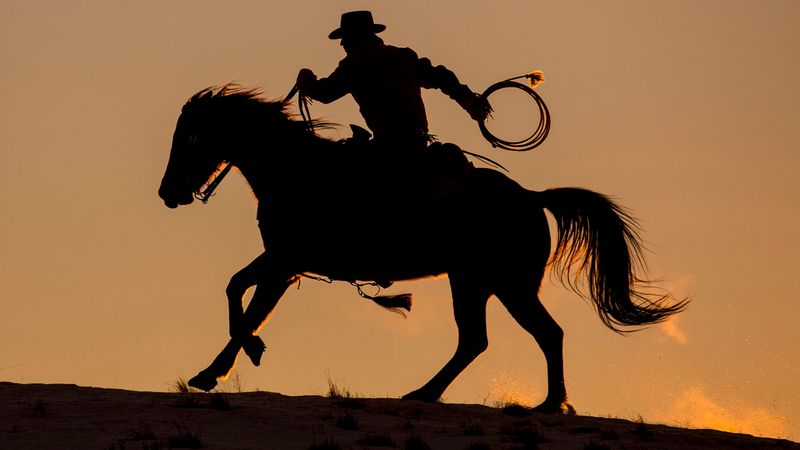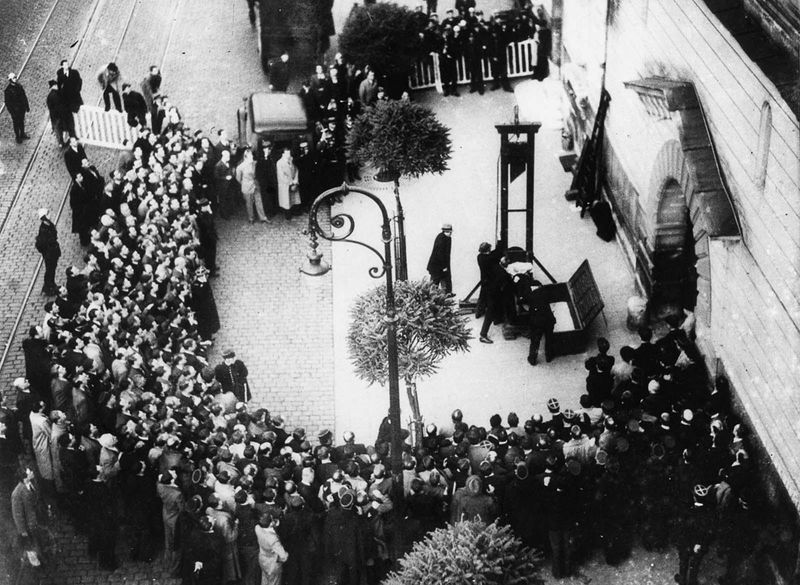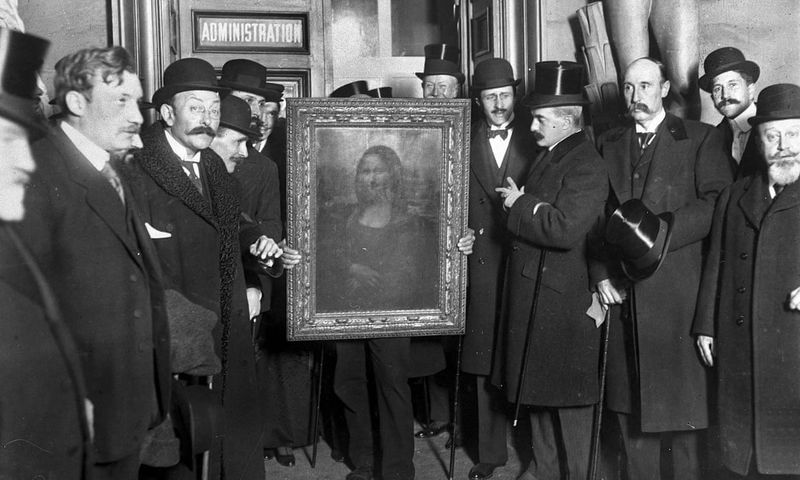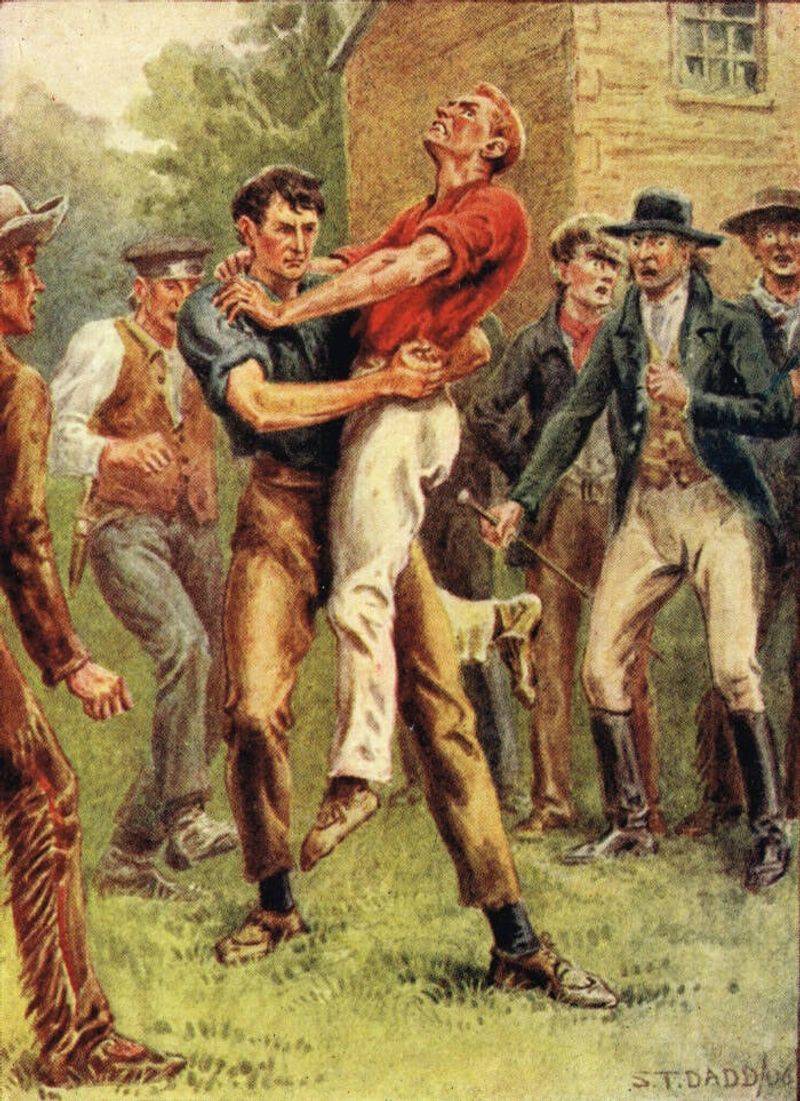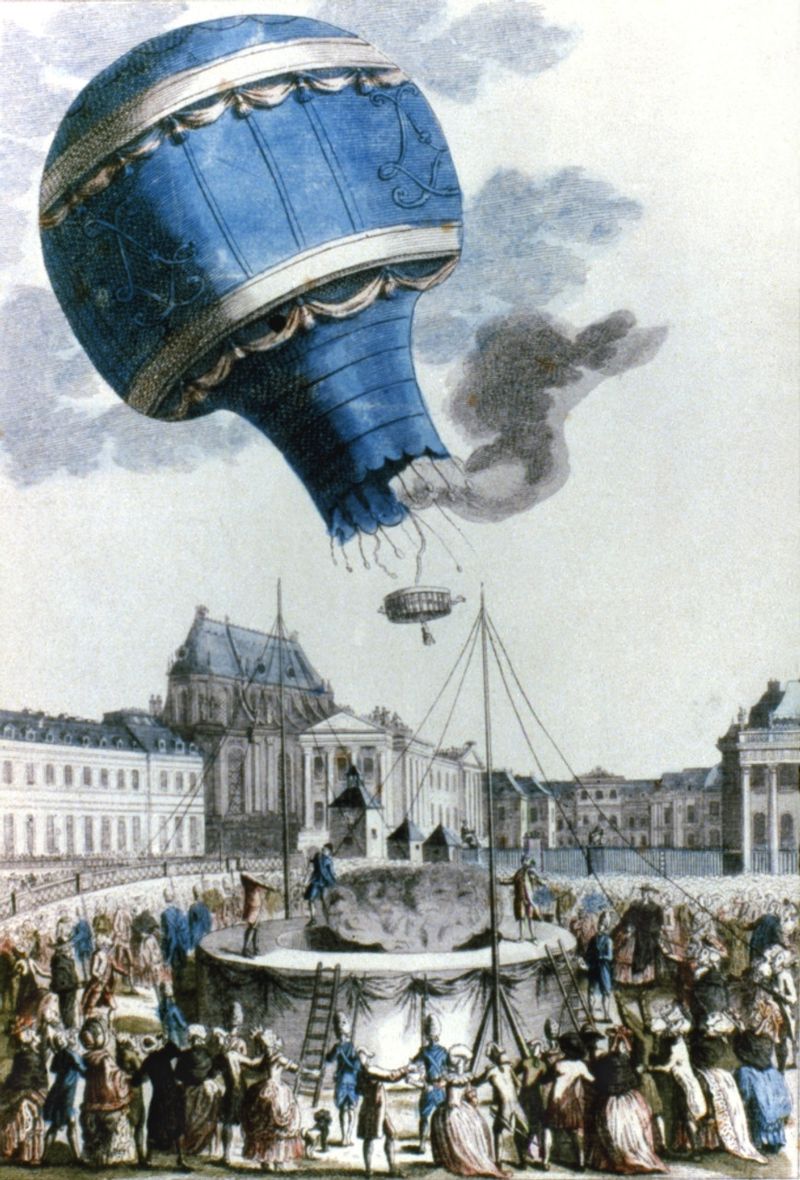History books don’t always tell the full story. Behind the familiar tales we learn in school lurk surprising truths and stubborn myths that have shaped our understanding of the past. Some common beliefs about historical figures and events are completely wrong, while actual historical facts can be stranger than fiction. Prepare to have your view of history turned upside down!
1. Cleopatra’s Greek Heritage
History’s most famous Egyptian queen wasn’t Egyptian at all. Cleopatra descended from Ptolemy I, a Macedonian Greek general who served under Alexander the Great.
Despite ruling Egypt for 21 years, she belonged to a Greek dynasty that had controlled the region for nearly three centuries. What made her remarkable among her ancestors? She was the first ruler in her dynasty who actually bothered to learn Egyptian!
2. Hornless Viking Helmets
Those fierce horned helmets we associate with Vikings? Pure Hollywood fantasy. Actual Norse warriors wore simple, practical headgear – typically conical or rounded metal or leather caps.
The horned helmet myth originated in 19th-century theater costumes and gained popularity through opera performances. Real Viking helmets prioritized protection without fancy decorations that could be grabbed by enemies in battle.
3. Napoleon’s Average Height
The “Little General” wasn’t actually little. At approximately 5’7″ (170cm), Napoleon Bonaparte stood taller than the average Frenchman of his era.
This persistent myth stems from British propaganda and a measurement confusion. The French inch (pouce) was longer than the British inch, making his reported height of 5’2″ in French measurements equivalent to 5’7″ in English units. British caricaturists deliberately portrayed him as tiny to diminish his intimidating reputation.
4. Medieval Knowledge of Earth’s Shape
Contrary to popular belief, educated people in medieval times knew perfectly well that Earth was round. The spherical Earth was common knowledge among scholars since ancient Greek times.
Dante’s Divine Comedy (1320) clearly describes a spherical planet. The Columbus “proving Earth wasn’t flat” story emerged centuries later as a fictional embellishment. Medieval navigators routinely used astronomical calculations that only work on a spherical Earth.
5. Great Wall’s Space Visibility Myth
You’ve probably heard that the Great Wall of China is visible from space or even the moon. Astronauts consistently debunk this claim.
At just 15-30 feet wide, the wall simply isn’t broad enough to be seen by the naked eye from orbit. Many other human structures, like highways and city lights, are actually more visible from space. The myth began before humans even reached space and persists despite NASA’s repeated corrections.
6. Einstein’s Mathematical Excellence
Albert Einstein failing math is perhaps science’s most ironic myth. His school records show he excelled in mathematics from childhood, mastering university-level physics and calculus before age 15.
This falsehood originated from a misunderstanding about the Swiss grading system, where 1 was the highest mark (not lowest). Einstein himself found the rumor amusing, once remarking, “I never failed in mathematics… Before I was fifteen I had mastered differential and integral calculus.”
7. Titanic’s Ignored Distress Signals
The tragedy of the Titanic includes a heartbreaking missed opportunity. The nearby SS Californian witnessed eight white distress rockets fired from the sinking ship but failed to respond.
The Californian’s crew mistakenly believed these were company signals or celebratory fireworks. Their radio operator had gone off duty just before the Titanic struck the iceberg. By the time they realized what happened the following morning, it was far too late to save the 1,500 souls lost.
8. Franklin’s Electricity Experiment
Benjamin Franklin didn’t discover electricity – humans had observed electrical phenomena for thousands of years. What Franklin actually did was prove lightning contained electrical energy.
His famous 1752 kite experiment (which he likely conducted safely from inside a shed, not standing in the rain) demonstrated that lightning was electrical in nature. Franklin’s work led to practical applications like the lightning rod, but electricity itself was already well-known through earlier experiments with static charges.
9. Salem’s Hanging (Not Burning) Witches
Movies often show Salem witches burning at the stake, but not a single accused witch was burned in Salem. Of the 19 executed, all were hanged except for one man who was pressed to death with heavy stones.
Witch-burning was primarily a European practice. American colonies used hanging as their standard execution method. The Salem trials lasted just 9 months in 1692-93, but their infamy has endured as a cautionary tale about mass hysteria and miscarried justice.
10. Columbus Never Reached North America
Despite having a U.S. holiday named after him, Christopher Columbus never set foot on North American mainland. His four voyages only reached Caribbean islands, parts of Central America, and the northern coast of South America.
The explorer died in 1506 still believing he had found a route to Asia, never acknowledging the existence of a new continent. The mainland United States remained untouched by Europeans until John Cabot’s 1497 expedition reached Newfoundland.
11. The Not-So-Dark Ages
The term “Dark Ages” suggests a time of intellectual stagnation after Rome’s fall. In reality, medieval Europe witnessed remarkable achievements in science, architecture, and philosophy.
Universities were founded, Gothic cathedrals revolutionized architecture, and scholars made advances in mathematics and optics. The period saw the invention of mechanical clocks, eyeglasses, and the printing press. Far from dark, these centuries laid crucial groundwork for the Renaissance that followed.
12. Edison’s Light Bulb Improvement
Thomas Edison didn’t invent the light bulb from scratch – he perfected it. At least 22 inventors had created incandescent lights before him, including Joseph Swan who patented his design a year earlier.
Edison’s genius was developing a practical, long-lasting bulb that could be commercially viable. His carbonized bamboo filament lasted over 1,200 hours compared to earlier versions that burned out quickly. Edison later formed a joint company with Swan, acknowledging his competitor’s contributions.
13. Ada Lovelace’s Computing Breakthrough
Long before electronic computers existed, mathematician Ada Lovelace wrote what’s recognized as the first computer algorithm. Her 1843 notes on Charles Babbage’s theoretical Analytical Engine contained instructions for calculating Bernoulli numbers.
As the daughter of poet Lord Byron, Lovelace combined her father’s creativity with a brilliant mathematical mind. She envisioned computing machines could manipulate symbols beyond just numbers – potentially creating music or art. This insight came a full century before modern computers existed!
14. Eiffel Tower’s Radio Rescue
Paris almost lost its iconic landmark in the 1900s. The Eiffel Tower was originally built as a temporary structure for the 1889 World’s Fair, intended to stand for just 20 years.
What saved it? Radio technology. When Gustave Eiffel installed a radio antenna at the top, the tower suddenly became valuable for military communications. During WWI, the tower intercepted crucial enemy messages and even helped capture notorious spy Mata Hari.
15. The Surprisingly Peaceful Wild West
Hollywood portrays the American frontier as a lawless shooting gallery. Statistical records tell a different story – frontier towns averaged just 1-2 murders annually.
Dodge City, Kansas – supposedly the “deadliest” town – recorded only 5 homicides during its wildest year. Most cowboys carried guns primarily for protection against wildlife, not other humans. Mining camps and cattle towns maintained order through community-based justice long before formal law enforcement arrived.
16. France’s Modern Guillotine Usage
France continued using the guillotine as its official execution method until 1977 – the same year Star Wars premiered and Apple Computer was incorporated. The final execution took place on September 10, 1977, when convicted murderer Hamida Djandoubi met the blade.
Public executions had ended in 1939, but the device remained in use behind prison walls. France completely abolished capital punishment in 1981, making it the last Western European nation to retire the guillotine.
17. Mona Lisa’s Fame Through Theft
Before 1911, Leonardo da Vinci’s Mona Lisa was just another painting in the Louvre, admired by art experts but not particularly famous with the public. Then something unexpected happened – it was stolen.
The brazen heist generated international headlines for two years until the painting was recovered. When the Mona Lisa returned to the Louvre in 1914, thousands lined up to see the painting they’d read about. The theft transformed it from an appreciated artwork into the world’s most famous painting.
18. Lincoln’s Wrestling Prowess
Before becoming America’s 16th president, Abraham Lincoln developed quite a reputation – as a championship wrestler! Standing 6’4″ with unusually long, powerful arms, Lincoln competed in nearly 300 matches and lost only once.
In an 1831 contest, Lincoln reportedly challenged an entire crowd: “I’m the big buck of this lick. If any of you want to try it, come on and whet your horns!” The future president was inducted into the Wrestling Hall of Fame in 1992, honored as an “Outstanding American” wrestler.
19. First Flight’s Furry Passengers
Humans weren’t the first living creatures to fly in an aircraft. That honor belongs to a sheep, a duck, and a rooster who soared above Versailles, France in 1783.
The Montgolfier brothers placed these animals in a basket beneath their hot air balloon as a public demonstration. King Louis XVI had initially suggested using prisoners, but the Montgolfiers opted for animals instead. The flight lasted 8 minutes, covered 2 miles, and reached 1,500 feet altitude – with all passengers landing safely.
20. Pyramid Builders’ Beer Wages
Ancient Egyptian pyramid workers weren’t slaves as commonly believed – they were paid laborers who received a rather unusual daily wage: beer. Lots of beer.
Archaeological evidence shows workers received about 4-5 liters of beer daily, plus bread, meat and vegetables. The beer was nutritionally rich, less alcoholic than modern varieties, and safer to drink than water. Workers considered this liquid payment valuable – inscriptions show a worker’s strike once occurred when beer rations were delayed!
